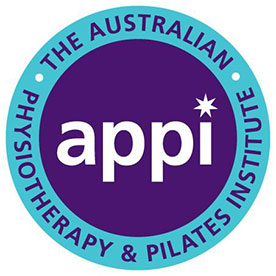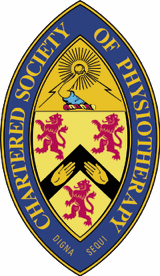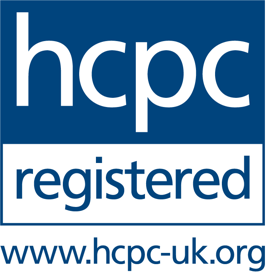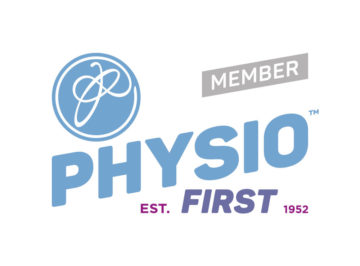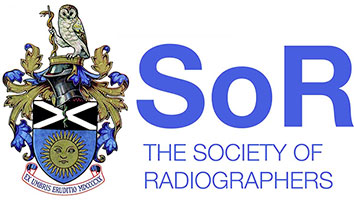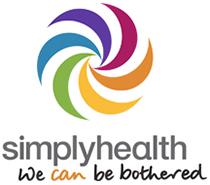Do you have knee pain? We can help YOU today!
Knee pain, stiffness and weakness can be debilitating leading to time off work; preventing holidays or severely limit your ability to perform sports, engage in hobbies and enjoy life with family and friends.
Do you want to be pain free fast?
Good news
Our expert Physiotherapists at Gosforth Physio and Wellness are highly skilled in diagnosis, treatment, education and prevention of knee pain and stiffness.
Treatment
We use our head before we use our hands!
Expert - Hands on treatment, acupuncture, dry needling and massage can help settle knee pain, tight muscles, stiff-locked joints, swelling and inflammation fast.
We do not keep you coming back week after week, month after month for unnecessary treatments (see our 'Better by 5'). We focus on the root cause fast and treat your pain quickly so you can move on with your life as fast as possible.
You can be sure that you’re placing your health in the right hands. Once a detailed assessment is completed and we have established your diagnosis all appropriate treatment options will be discussed with you and treatment given in the session.
Early diagnosis and treatment is essential to aid speedy recovery from knee pain and help prevent its recurrence.
Knee Pain Causes
The symptoms may cause debilitating pain and stiffness that lead to time off work; they can also prevent or severely limit your ability to perform sports, engage in hobbies and enjoy life.
Whatever the source of your symptoms, an inability to fully move your knee or a sore and painful knee can be very frustrating. The good news? It’s simple to fix in the majority of cases.
There are many causes of pain which may be from local structures within or around the knee, or be referred from other sources including the hip or back.
Knee pain can arise from soft tissue injuries such as tendonitis, ligament sprains and muscle strains; from bone conditions including osteoarthritis and Osgood Schlatters; and from bio-mechanical dysfunction including Patellofemoral syndrome and ITB syndrome.
Treatment can involve simple knee mobilisation techniques, massage, taping, stretches or strengthening exercises all the way through to a thorough rehabilitation.
ITB Syndrome
Iliotibial band friction syndrome is an overuse injury accounting for nearly 25% of injuries in runners.
The ITB is a long, thin band of fascia that runs down the outside of your thigh and attaches to a bony protuberance (femoral condyle) on the outside of the knee. It slides forwards and backwards across this bony point with movement, and the repetitive sliding can create excess friction.
There are numerous factors that may lead to the ITB becoming irritated and inflamed including:
• Worn out or unsuitable running shoes
• Sudden increase in mileage for training
• Weak hip / buttock muscles
• Weak hip rotators
• Weak inner quadriceps
• Poor bio-mechanics
• Excessive hill training
• Endurance running
Sudden onset knee pain often occurs in athletes involved in fast moving change-of-direction sports, kicking sports, contact sports and those sports which involve twisting movements or rapid acceleration and deceleration (such as football, soccer, basketball, netball and alpine skiing). These acute injuries often involve tearing of cartilage tissue or ligaments within the region. One of the most common causes of sudden onset pain in the knee is a Medial Meniscal Tear often presenting as pain at the inner aspect of the knee.
Medial Meniscal Tear
Damage to cartilage located at the inner aspect of the knee joint due to excessive weight bearing or twisting forces. Pain is usually located at the inner aspect of the knee and often increases on firmly touching a specific area of the inner knee joint line. Swelling and a clicking, catching or locking sensation may also be present. Symptoms are usually exacerbated with excessive weight-bearing, deep squatting and twisting activities.
Lateral Meniscal Tear
Damage to cartilage located at the outer aspect of the knee joint usually due to excessive weight bearing or twisting forces. Pain is usually located at the outer aspect of the knee and often increases on firmly touching a specific area of the outer knee joint line. Swelling and a clicking, catching or locking sensation may also be present. Symptoms are usually exacerbated with weight-bearing, deep squatting and twisting activities.
MCL Tear
Tearing of the medial collateral ligament of the knee typically following a valgus force or twisting movement and often associated with a snap or tearing sensation at the time of injury.
Associated with pain on firmly touching the MCL and often swelling. Occasionally associated with knee instability or giving way of the knee.
Referred Pain
Pain referred to the knee from another source such as the lower back or hip joint, often associated with symptoms above or below the knee (such as lower back pain or stiffness or pain in the hip, buttock, groin, thigh, lower leg, ankle or foot). Typically associated with pain on firmly touching the region responsible for the referred pain or loss of movement in that region. Sometimes in association with pins and needles or numbness in the affected leg or foot.
Acute Fat Pad Impingement
Compression of fatty tissue located at the front of the knee directly below the knee cap, usually due to a knee hyper-extension injury. Typically associated with significant knee pain, pain on firmly touching the region directly below the knee cap and exacerbation of symptoms during knee extension activities.
Patellar tendonitis
Patellofemoral pain syndrome is the term given to pain originating from the patellofemoral joint (i.e. the joint between the knee cap (patella) and thigh bone (femur)), usually as a result of inflammation or tissue damage to structures of the patellofemoral joint. It is a condition characterized by tissue damage and inflammation to the patellar tendon causing pain in the front of the knee.
The majority of knee dysfunctions can be normalised after a quality assessment and injury-specific treatment and exercises.
We do not keep you coming back week after week, month after month for unnecessary treatments (see our 'Better by 5').
Get in touch or live stream one of our classes to start your recovery today.
Let's get started!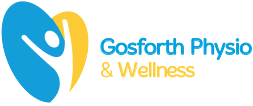
.jpg)

